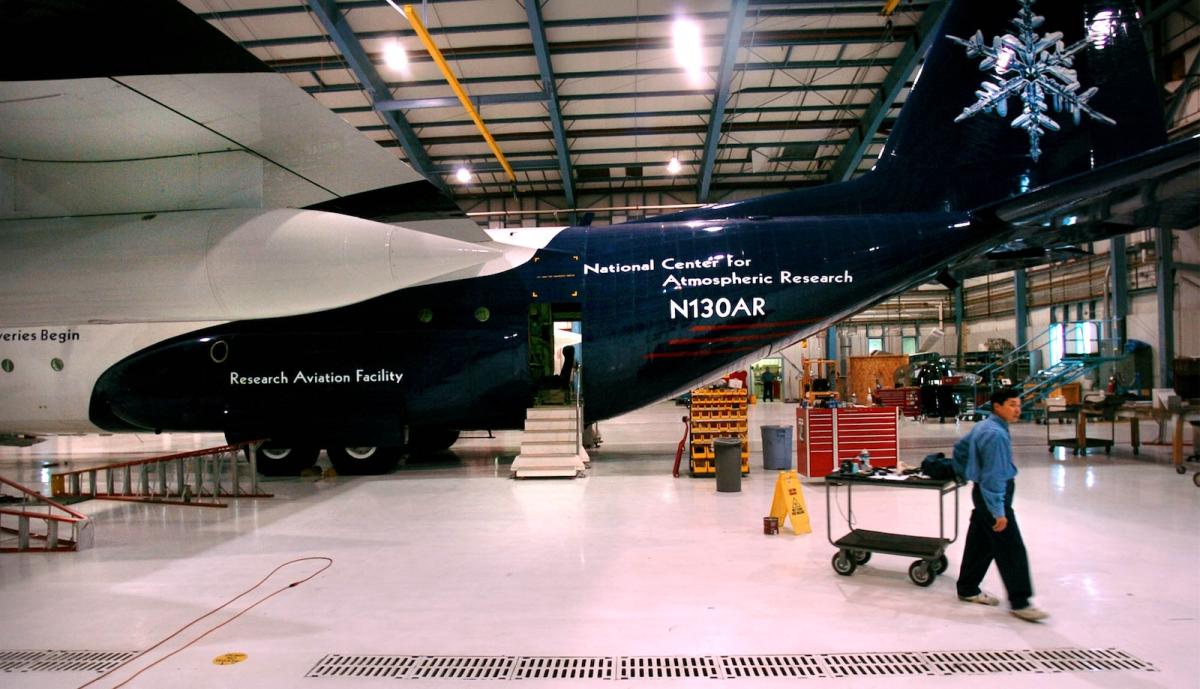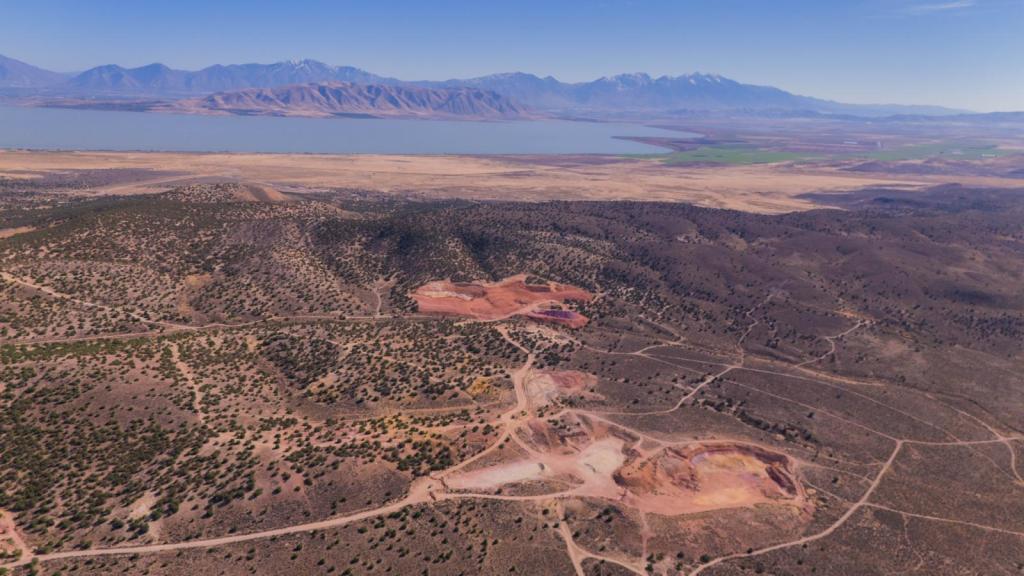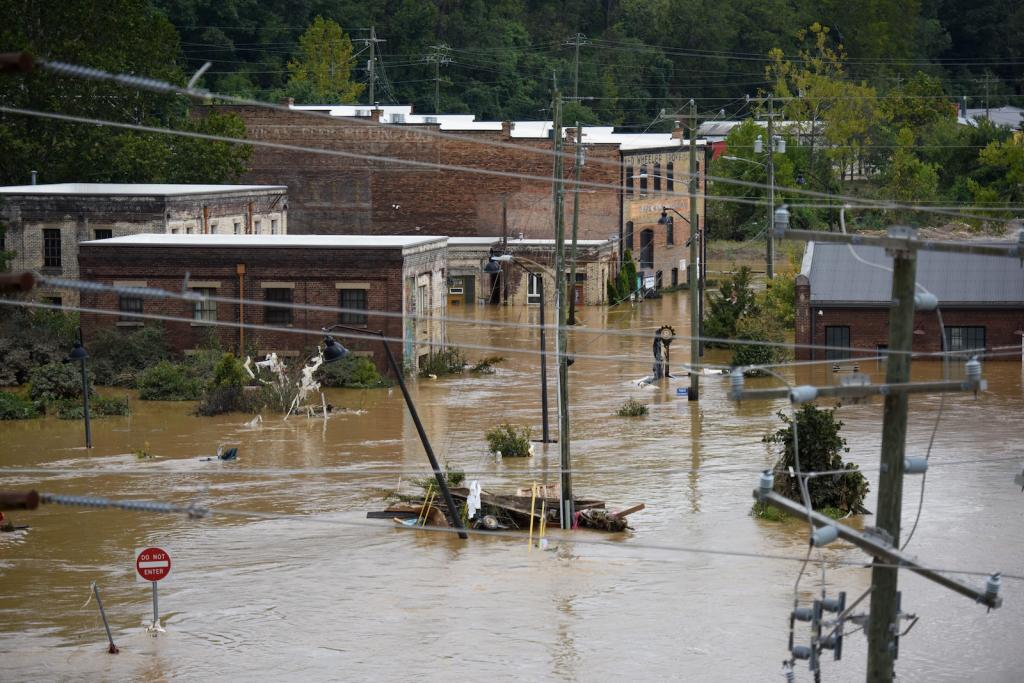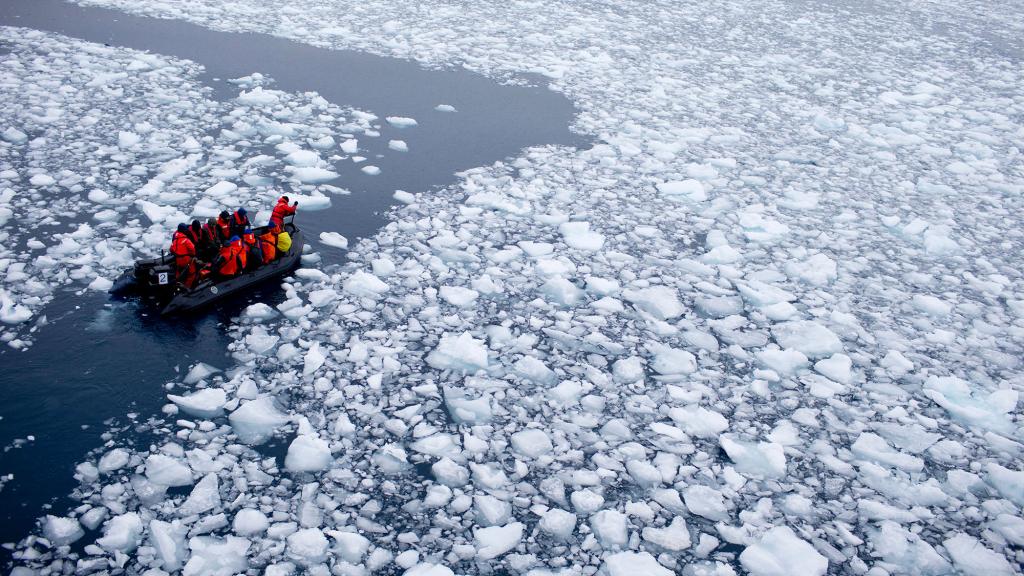You may not know it, but you’ve benefited from the National Center for Atmospheric Research.
For more than half a century, the federally funded lab has been instrumental in the development of weather models that have improved the forecasting of extreme events like hurricanes, thus saving lives. Your go-to weather app can predict the future thanks in large part to the lab, also known as NCAR. Its researchers also study atmospheric pollutants like wildfire smoke by flying planes through plumes, helping protect public health. More broadly, NCAR has been a towering leader in the advancement of climate science, gathering reams of data and developing sophisticated models of Earth systems.
That last bit is why Russell Vought, director of the White House’s Office of Management and Budget, announced that the Trump administration plans to dismantle the operation. “This facility is one of the largest sources of climate alarmism in the country,” Vought wrote Tuesday on X. “A comprehensive review is underway & any vital activities such as weather research will be mov... Read more










